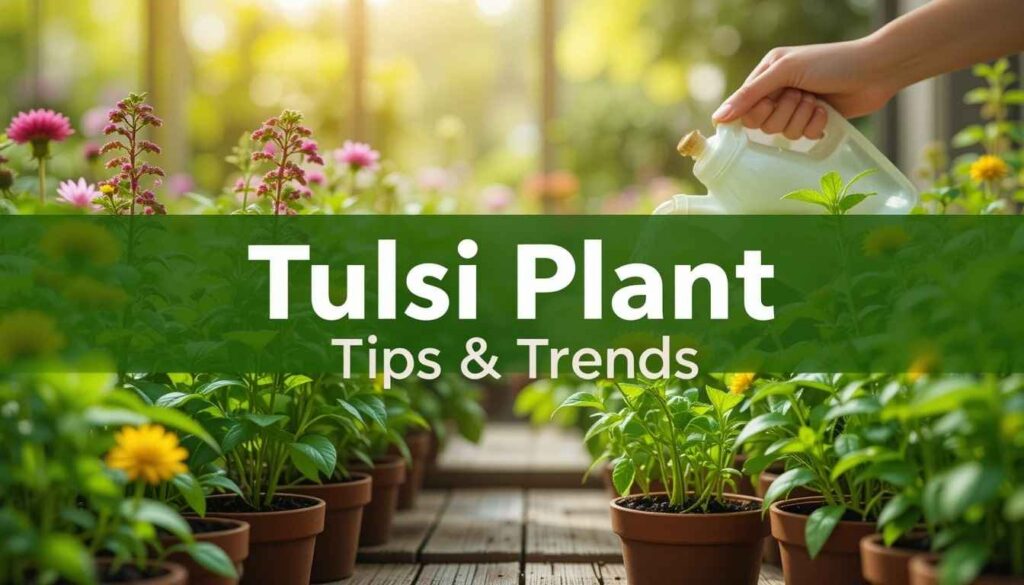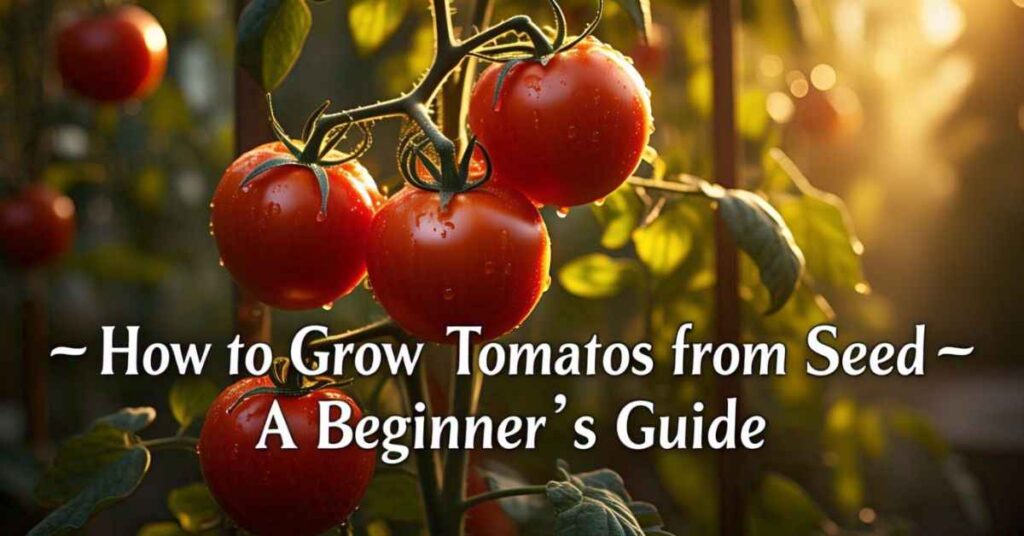Have you ever wondered what happens if you take vegetable scraps from the grocery store and try to regrow them instead of throwing them away? In this detailed guide, we walk through an exciting experiment where everyday veggie trimmings—like onion bases, carrot tops, ginger pieces, and more—are planted directly into a raised garden bed to see what survives, what thrives, and what surprises us along the way.
This is not just a gardening hack—it’s a journey toward sustainable living , reducing food waste , and getting more out of every purchase. Whether you’re a seasoned gardener or just starting out, this method offers an accessible, affordable, and eco-friendly way to grow your own fresh produce at home.
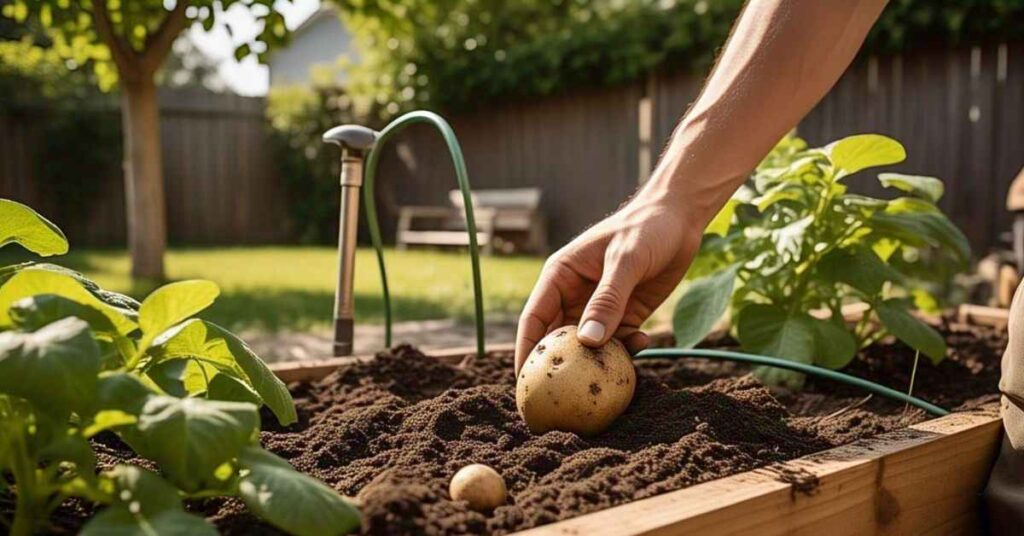
🌞 Why Regrow Veggies from Scraps?
Before diving into the planting process, it’s important to understand why regrowing vegetable scraps is worth your time.
Benefits of Regrowing Vegetable Scraps:
- Reduces Kitchen Waste : Turn what would be trash into edible greens or full-grown veggies.
- Saves Money : Grow free food from items you were already going to eat.
- Teaches Sustainability : Great for kids and adults alike to learn about plant life cycles.
- Easy to Do : No special tools needed—just soil, water, sunlight, and patience.
In this experiment, we tested multiple types of vegetable scraps using a VOR (Vegetable Organic Raised) bed , a growing system that allows for better control over soil quality, drainage, and accessibility.
Read Interesting: Grow a Lush Tulsi Plant with Natural Care Tips
Step-by-Step Veggie Scrap Planting Guide
Let’s break down exactly what was done in this experiment, including which vegetables were planted and how they were cared for throughout their growth cycle.
🥔 Potatoes: From Grocery Bag to Harvest
We started with a single store-bought potato that had already begun sprouting. Here’s how it was planted:
- A hole was dug at one end of the raised bed.
- The potato was placed inside and covered lightly with soil.
- As it grew, we continued mounding soil around the stems to encourage tuber development.
Result: A surprisingly large harvest came from just one potato—no seed potatoes required!

🧅 Onions: Whole Bulbs vs. Cut Bases
Two methods were tested with onions:
- Whole Onion : Planted root-side down, partially exposed to sunlight.
- Onion Base : The bottom inch of a cut onion was planted, similar to how you’d regrow green onions in water.
Results:
- The whole onion produced five new bulbs from one!
- The onion base grew but didn’t form a full bulb during the season.
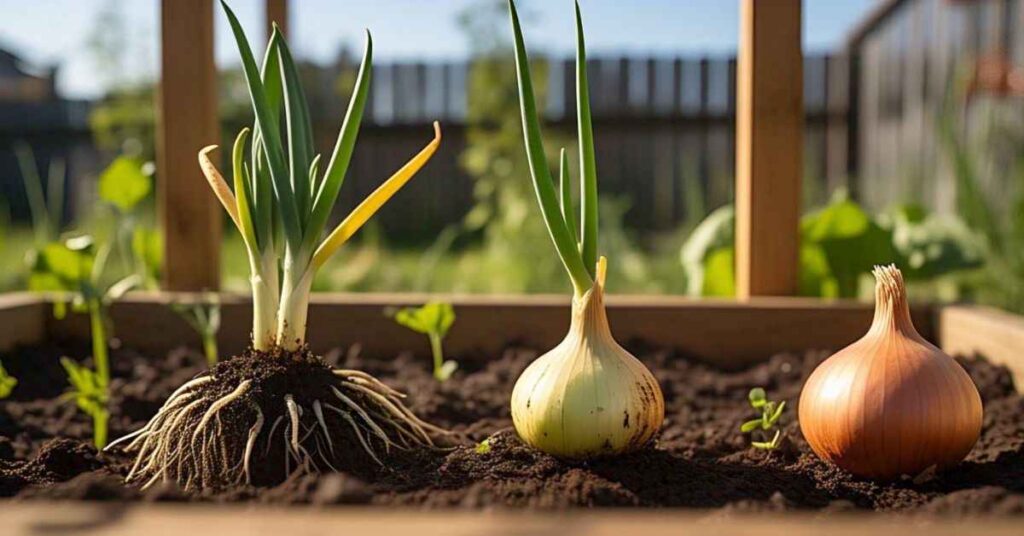
🍊 Carrots: Growing Greens and Mini Roots
Only the top portion of two store-bought carrots was used. These were buried slightly in the soil, leaving the green parts exposed.
Results:
- Lush green tops developed.
- Some tiny side roots formed, though not full-sized carrots.
Tip: Carrot greens are edible and can be used in pesto or salads.
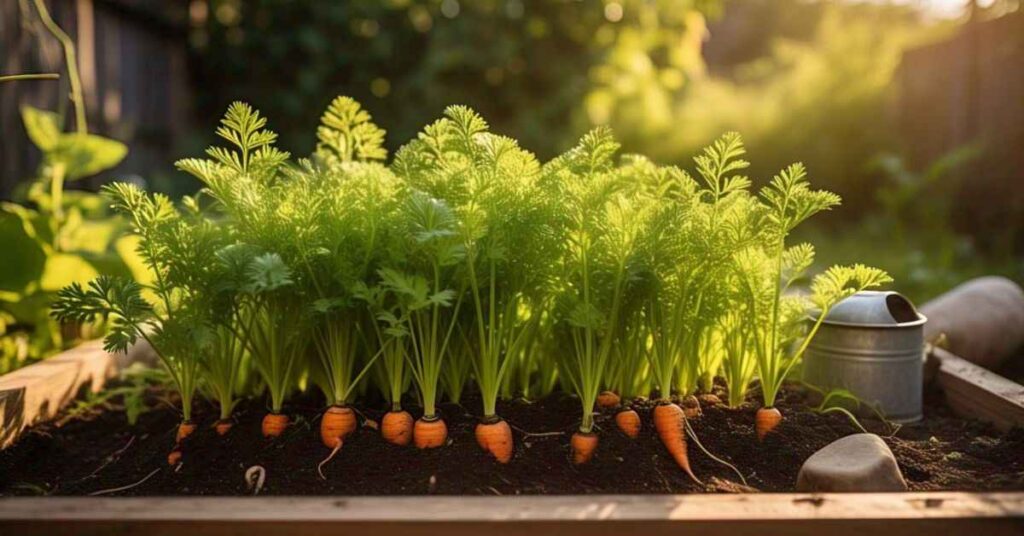
🥕 Beets: Similar to Carrots, But With More Potential
Like carrots, beet tops were planted with the root section buried and greens exposed.
Results:
- One beet top grew large and wide.
- The second showed little progress and eventually stalled.
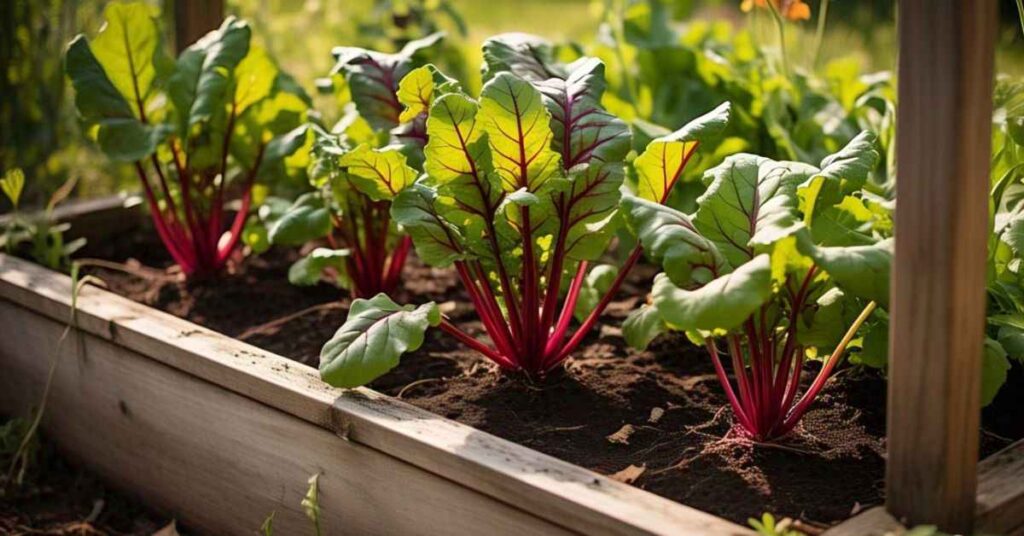
Celery: Rooting the Core
The base of a celery stalk was pressed into the soil, root side down.
Results:
- New leaves appeared quickly.
- However, the base began to rot after a few weeks.
Lesson: Consider rooting celery in water first before transplanting to soil.
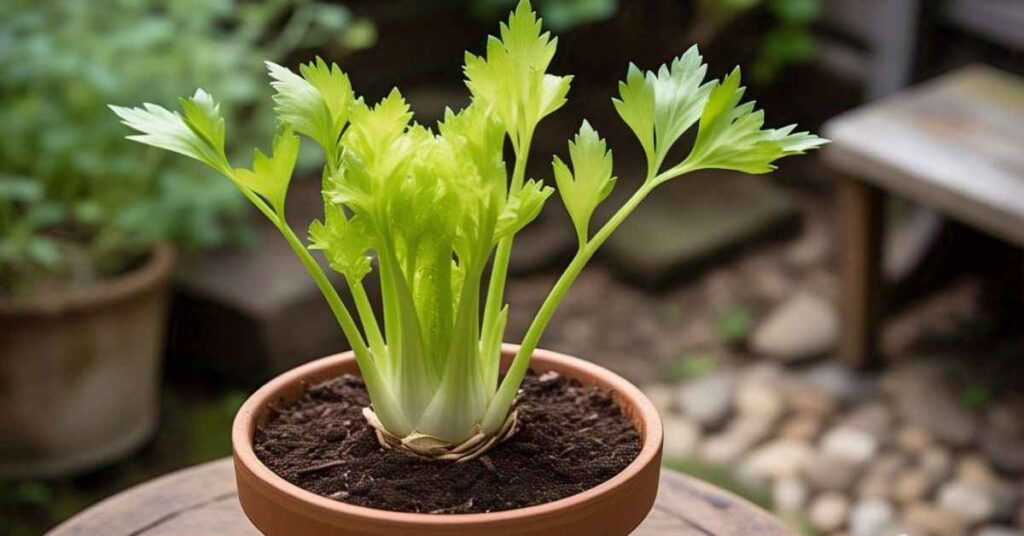
🥬 Cabbage: Starting from the Base
The thick root base of a cabbage head was planted directly in the bed.
Results:
- Moderate leaf growth occurred, but no central head reformed.
Takeaway: Better results may occur if rooted in water first.
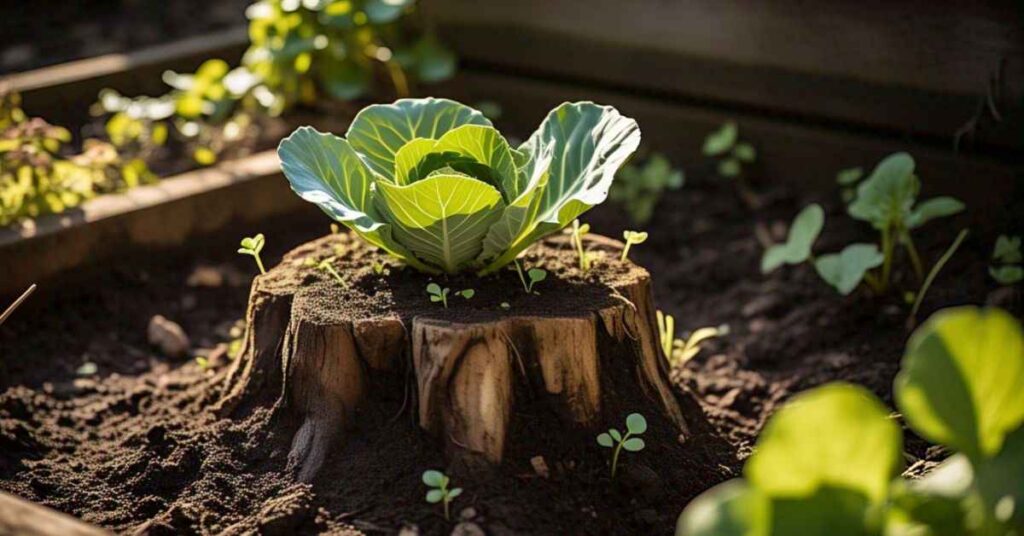
🥗 Lettuce: Mixed Results
Lettuce base was planted similarly to cabbage.
Results:
- Growth was minimal.
- Some leaves yellowed and rotted.
Tip: Lettuce bases do better when rooted in water first before moving to soil.
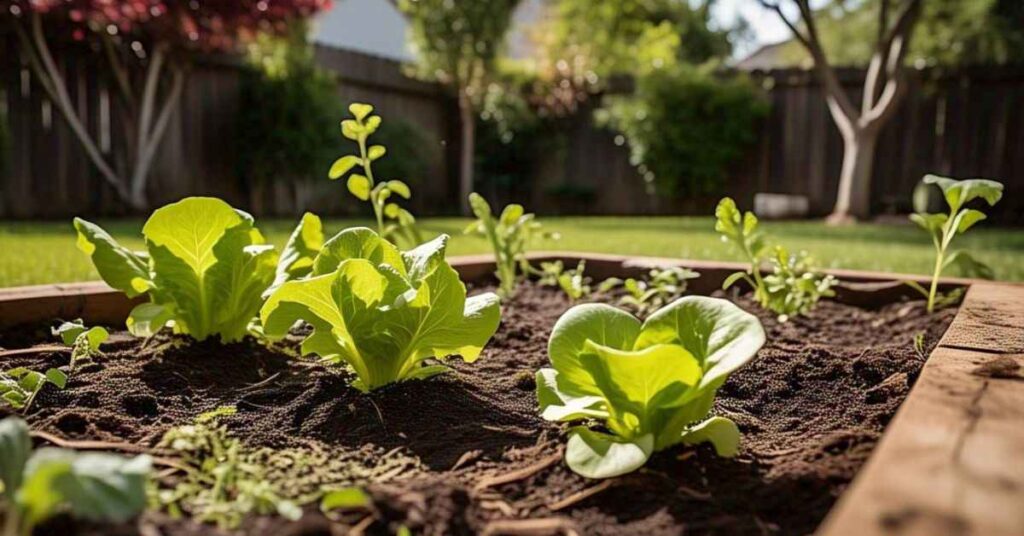
🌱 Tomatoes: From Top to Fruit
A tomato was sliced at the top, seeds left intact, and planted stem-side down.
Read More: How to Grow Tomatoes from Seed – A Beginner’s Guide
Results:
- The top rooted successfully.
- Several plants sprouted from the seeds.
- Plants fruited, though flavor wasn’t as strong as hybrid varieties.
👉🏻 Know more : Best Tomato Varieties for Beginners: 7 Disease-Resistant Picks for US Climates

🌾 Ginger & Turmeric: Tropical Treats
Both were planted shallowly due to their rhizome nature.
Ginger Results:
- Sprouted well.
- Eventually moved to a greenhouse for overwintering.
Turmeric Results:
- Minimal growth observed.
- Also potted for indoor growth.
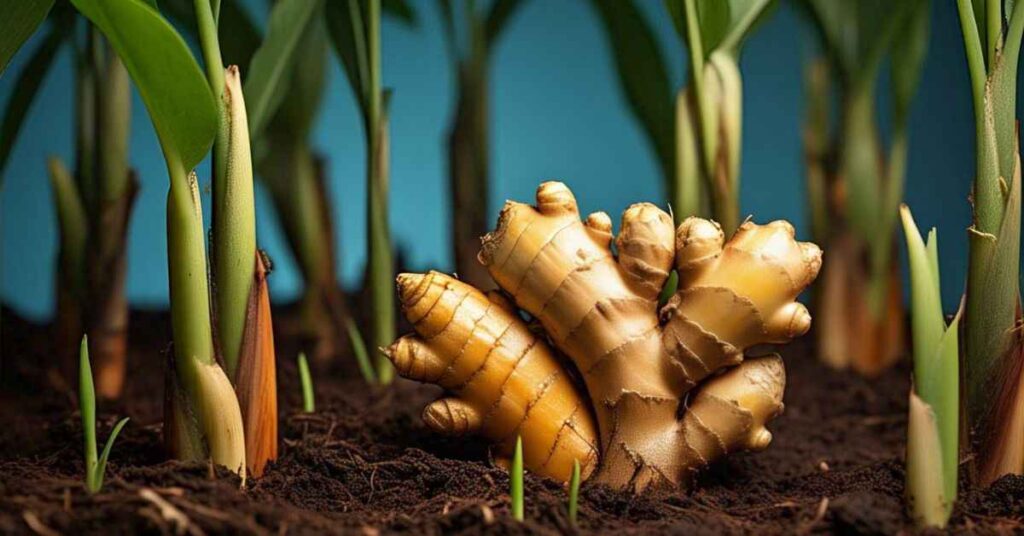
🧄 Garlic: Needs Cold to Bulb
Garlic cloves were planted like onions.
Results:
- No bulb formation occurred without cold exposure.
Tip: Try planting garlic in fall for best results.
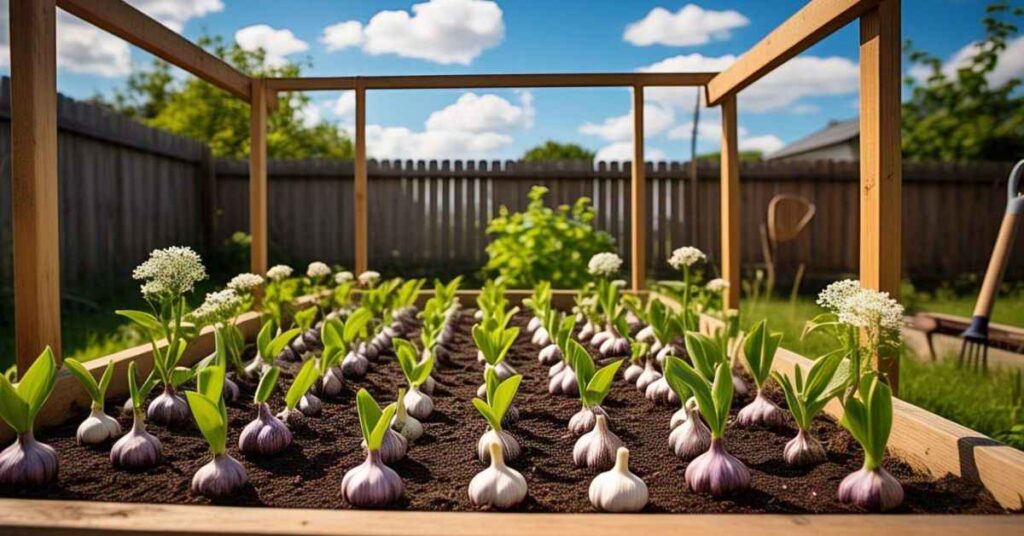
📈 Timeline of Growth and Observations
| Week | Observation |
|---|---|
| Week 1 | All scraps planted; shade cloth used initially |
| Week 2 | New growth seen across most crops; lettuce struggled |
| Week 3 | Strong growth in onions, carrots, beets, and potatoes |
| Week 4 | Tomato seeds sprouted; ginger and garlic thriving |
| Week 5 | First signs of harvesting potential; some rotting noted |
| Month 2 | Onion multiplication confirmed; beet and carrot mini-harvests |
| Month 3 | Final harvests; tomato plants fruiting, ginger moved indoors |
🧪 Lessons Learned: What Worked and What Didn’t
✅ Successful Regrows
- Onions (especially whole bulbs)
- Potatoes
- Carrots (greens and small roots)
- Beets
- Ginger
- Tomatoes
❌ Less Successful
- Lettuce
- Celery
- Turmeric
- Cabbage
💡 Key Takeaways:
- Not all vegetables regrow equally well—some need specific conditions.
- Rooting in water first helps many plants establish stronger roots.
- Using organic produce is crucial—non-organic often has sprout inhibitors.
- Raised beds offer great control but should be monitored for overwatering.
- Timing matters—seasonal cues affect bulb and root development.
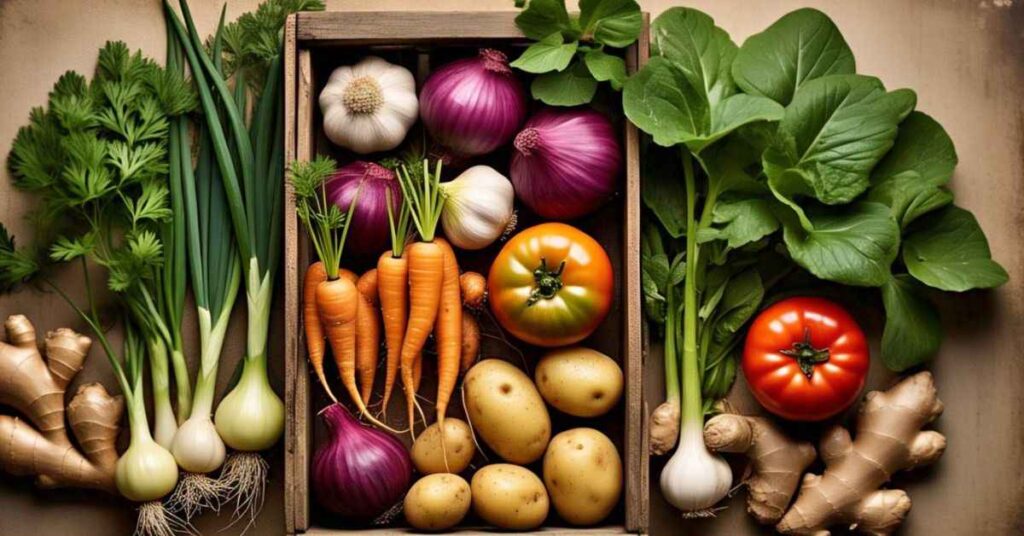
♻️ How This Helps Your Garden and the Planet
Regrowing vegetables from scraps is more than a fun experiment—it’s a step toward zero-waste living and self-sufficiency . By making use of what would otherwise be discarded, you reduce landfill waste and lower your grocery bill while learning valuable gardening skills.
Even if only the greens grow, they’re still usable in cooking. Green onion tops, carrot tops, and beet greens can add flavor and nutrients to meals.
🌳 Tips for Successful Veggie Scrap Regrowing
- Use Organic Produce : Non-organic veggies may be treated to prevent sprouting.
- Start Indoors : Begin regrowing in water or pots before transferring to beds.
- Give Time and Patience : Not everything will sprout fast.
- Monitor Moisture : Don’t overwater—many scraps rot if too wet.
- Try Raised Beds : They provide excellent drainage and soil control.
🧑🌾 Encouraging Family and Community Involvement
Gardening with scraps is a fantastic educational tool for children. It teaches them about plant life cycles, sustainability, and responsibility. Schools, community gardens, and families can all benefit from turning kitchen scraps into science experiments and future meals.
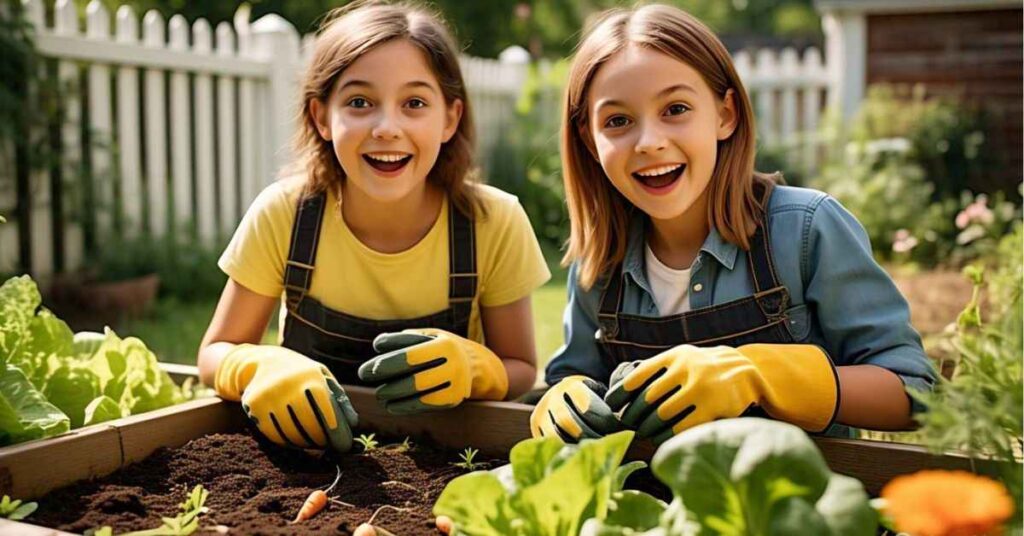
📦 Final Thoughts: Is Regrowing Veggies Worth It?
Absolutely. While not every scrap turns into a full-grown vegetable, the process is rewarding, educational, and environmentally friendly. You’ll save money, reduce waste, and enjoy the satisfaction of watching something grow from nothing.
Whether you’re experimenting in a small backyard or a large raised bed setup, regrowing vegetables from scraps is a fulfilling activity with real-world benefits.
🌟 Ready to Start Your Own Regrowing Journey?
Grab your favorite veggies, save those scraps, and start planting. Use this guide to help you choose the right scraps, plant them correctly, and care for your garden. And don’t forget—every little bit of growth brings you closer to a greener, more sustainable lifestyle.
If you enjoyed this guide, share it with friends, pin it on Pinterest, and subscribe to our newsletter for more gardening tips and tricks!
🧠 FAQ: Regrowing Vegetables from Scraps
Q: Can all vegetables be regrown from scraps?
A: No—only certain veggies like leafy greens, root vegetables, and herbs have good regrowth potential.
Q: How long does it take for scraps to regrow?
A: Time varies—but expect anywhere from 1–3 weeks for initial growth and 2+ months for partial harvests.
Q: Should I use organic vegetables?
A: Yes! Organic produce is less likely to be treated with chemicals that inhibit sprouting.
Q: Can I grow these indoors?
A: Absolutely—use containers, water rooting, or hydroponic setups indoors under grow lights.
Q: Will regrown veggies taste the same?
A: Sometimes hybrids won’t taste as good, but many regrown scraps deliver delicious results!
📢 Final Call to Action
Ready to turn your kitchen scraps into a thriving garden? Start today! Whether you’re saving onion bases, carrot tops, or tomato slices, there’s a world of possibility waiting in your compost bin.
Drop a comment below with your favorite regrown vegetable or share your own success stories. Happy gardening! 🌱🍅🥕
